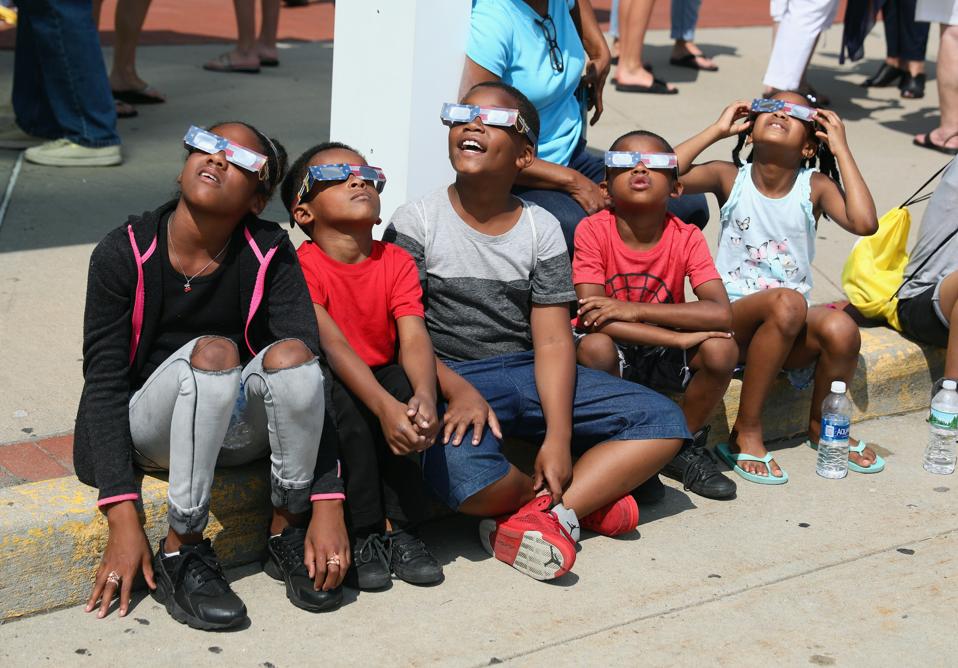Space was a tourism marketing tool six years ago when many travelers journeyed to various states to get the best view of a solar eclipse. On April 8, 2024, there will be another solar eclipse, and tourism officials have begun beckoning prospective visitors.
Destination Cleveland, the marketing organization promoting Cleveland as a travel destination, says the Ohio city will be “the prime viewing location” for the eclipse. The Lake Erie shoreline and numerous local parks offer unobstructed views, and the Great Lakes Science Center and NASA Glenn Research recently announced they will host Total Eclipse Fest 2024 on April 6-8 in downtown Cleveland.
The Eclipse Fest will be a three-day family friendly celebration at North Coast Harbor and feature hands-on science activities, food vendors and entertainment. Free eclipse viewing glasses will be provided, and NASA experts will share their eclipse-related knowledge with attendees.
The star of the show — the total solar eclipse — is expected to last about four minutes on April 8, from 3:13 p.m. to 3:17 p.m., and envelop Cleveland in darkness. Destination Cleveland says that the darkness will last longer in Cleveland than in other cities, but the total eclipse will also be visible in other cities and states.
According to space.com, a website written by space fans and journalists since 1999, the duration of the 2024 solar eclipse will be longer than the one in 2017 and be visible in 14 U.S. states, southeastern Canada and Mexico. NASA says the total eclipse path extends from Texas to Maine.
Next April’s eclipse “will turn day to night just as the total solar eclipse of Aug. 21, 2017, did, but to a greater extent,” space.com says.
During a total solar eclipse, the moon is positioned precisely between the Earth and the sun, the website says. The moon appears almost the same size as the sun and entirely blocks the sun for a few minutes. “The result is a beautiful totality during which the sun’s corona is visible to the naked eye,” space.com says.
A ring of fire annular solar eclipse, which is not a total eclipse, will also occur in two months. It will happen on Oct. 14 and be visible, NASA says, on a path from Oregon to Texas.
An area of Texas near San Antonio will fully experience the annular eclipse in October and the total eclipse in 2024, NASA says. On both dates, all 48 contiguous U.S. states will experience at least a partial solar eclipse.

